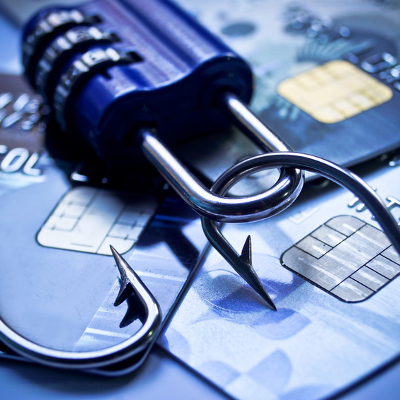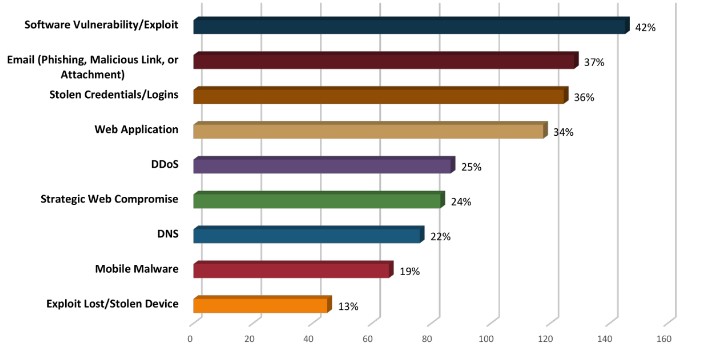
Email is arguably the most popular method of business correspondence in existence. It’s fast, economical, securable, easy to store/archive, and searchable in a way that traditional, physical records can’t compete with. With billions of emails sent every day from all over the globe, there is a considerable amount of sensitive information transmitted within these communications. The criminal element is looking for every opportunity to steal and exploit personal data, as well as take advantage of vulnerabilities to gain access to a company’s data or network.
One particularly effective method of email fraud is impersonation. Sometimes falling under the categories of phishing, whaling, or SMiShing, impersonation email emulates a legitimate address from a non-threatening source that convinces the user to take an action. An example of an impersonating email fraud would be a user transferring funds to a 3rd party account on the order of what they believe is a legitimate message from their CEO, but actually originates from a spoofed email address. Another example would be if someone opened an email attachment that appeared to be a legitimate spreadsheet but actually introduces ransomware into their network.
Email Security by the Numbers
For those who are looking to visualize the risks associated with email fraud, here’s a look at a few recent statistics that show just how big of a problem it can be for a business.

Reducing your Business’ Risk of Email Fraud
Most email security experts agree that implementing two encryption and authentication standards are the first steps to reducing the number of cyber security gaps that have been proven to increase risk of email fraud.
DMARC and STARTTLS standards have proved so effective at email fraud prevention that, on October 16, 2017, the U.S. Department of Homeland Security ordered ALL federal agencies to implement both of them within 90 days.
Federally Mandated Email Regulations for Businesses
DHS isn’t the only organization requiring email encryption as part of their technology regulations and compliances.
Catalyst Technology Group Has Your Back!
For most small businesses, the idea of tackling any type of email fraud prevention on their own is extremely overwhelming. It’s a world of protocols and acronyms that the average IT decision maker often prefers to avoid altogether – and that’s just encryption. To get the maximum productivity while maintaining network and data security, modern businesses should leverage spam filters, antivirus and malware scanning, archiving/storage, hosting considerations, acceptable use policies, access control, and more. In the end, an email solution can have a large impact on a company’s daily operations.
The good news is that you don’t have to fight cybercriminals alone! Catalyst Technology Group is well acquainted with all types of cybersecurity – including email authentication and encryption. Our experts will help you find the perfect email fraud protection strategy to meet the needs of your business. Contact us at (317) 705-0333 and get encrypted.
We’d love to hear from you. Please complete the form below and we'll be in contact shortly.